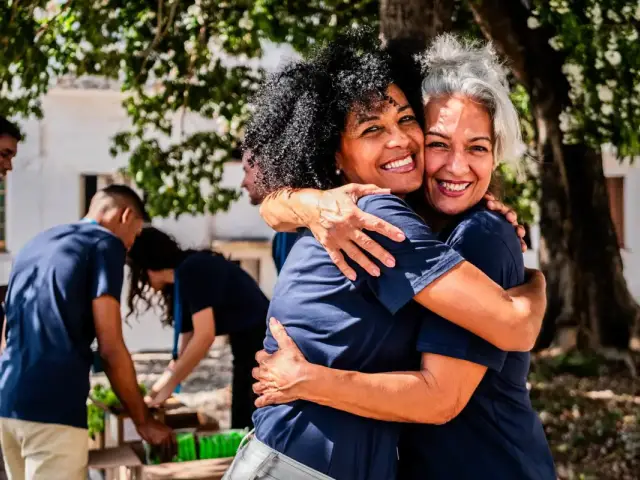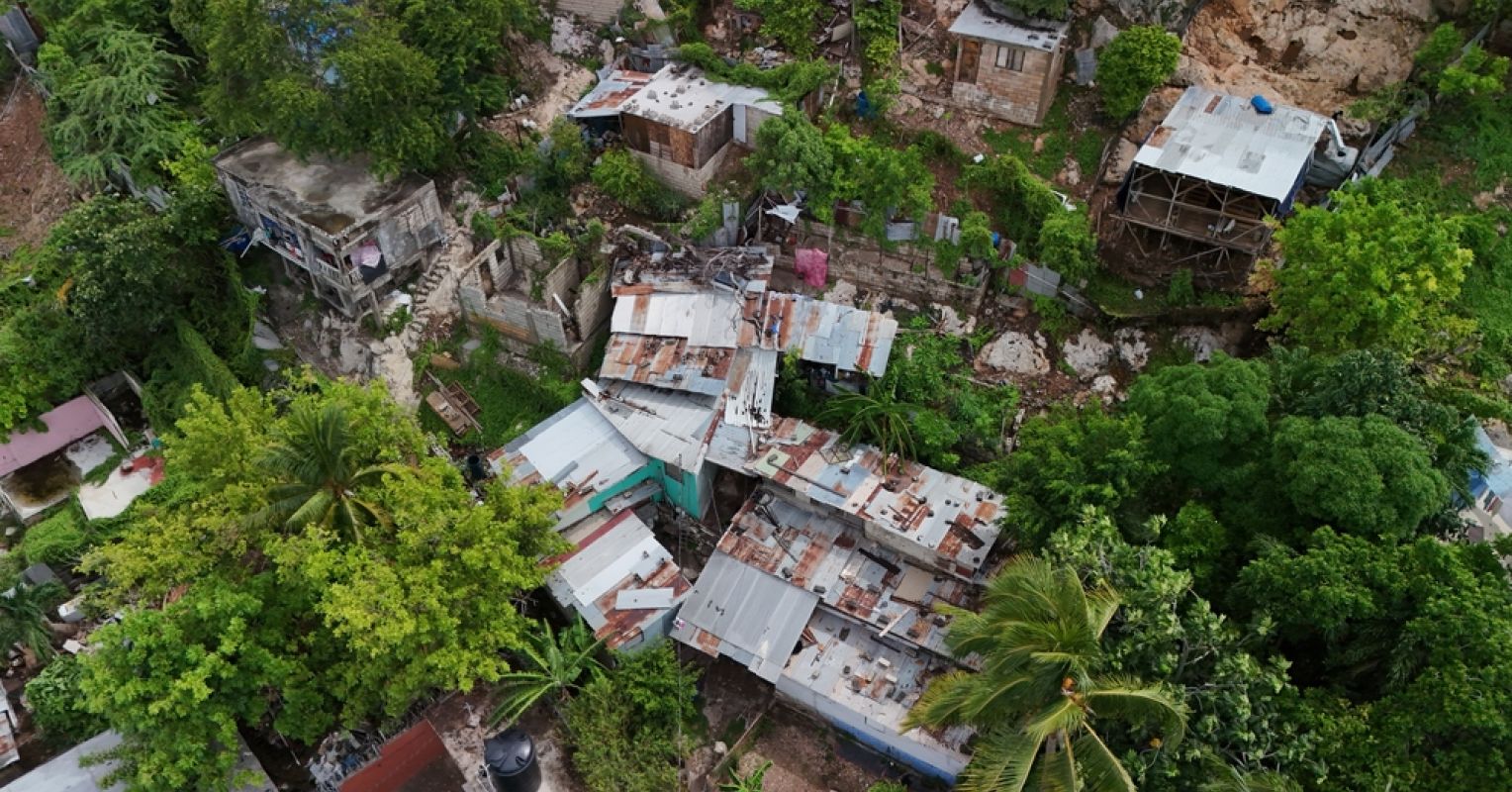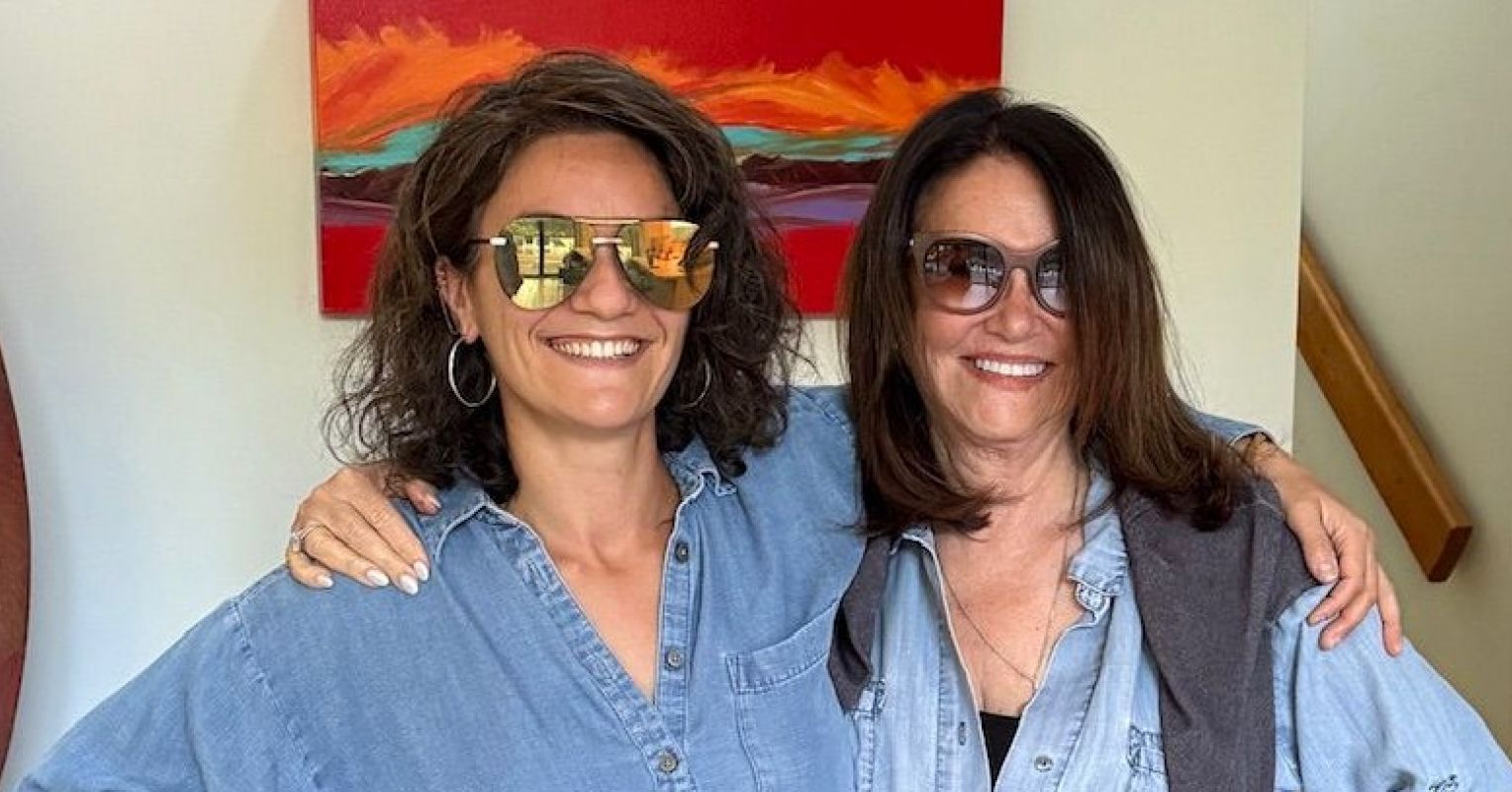Can helping others make us healthier? When scientists scanned the brains of people who donated money to charity, they found something surprising: Giving activated the same reward pathways as personal pleasures like food or music. But even more striking, the brain’s reward system responded more strongly to acts of generosity than to self-indulgence. The findings suggest that giving to others may not just feel good, but actually support our Mental health and sense of connection.
So what does this mean for people with the means to give? Is generosity always a net positive—or is there such a thing as giving too much?
Health and science journalist Nicole Karlis explores these questions in her new book, Your Brain on Altruism. Drawing on neuroscience, psychology, and real-world examples, Karlis examines how caring for others can improve our well-being, build resilience, and foster lasting community—during moments of collective crisis, and beyond. She also challenges our current idea of “self-care,” suggesting that it may be time to reframe it not just as personal restoration, but as something communal.
X

We spoke with Karlis about how generosity affects the brain, what counts as care, and how we might sustain solidarity long after a crisis passes.
Here’s our conversation, edited for clarity.
Hope Reese: Why is altruism especially important at this moment?

Nicole Karlis
Nicole Karlis: More connections are happening online and behind screens, and that really takes people away from an opportunity to see each other’s humanity. And from opportunities to listen to each other and connect with each other. Deep listening can help increase empathy in people, which can be a motivator for altruism.
HR: Why is it hard to be altruistic, and how can we get better at that?
NK: A couple of reasons for that are the loneliness crisis, which has run parallel to the rise in technology in our society, which also has run parallel to the rise of the wellness movement.
That’s how I started to think that altruism and taking care of your community can also be one form of self-care.
Another reason that it can be hard to be altruistic right now is because people’s basic needs aren’t being met. So people don’t feel safe enough, don’t have the time and space to engage in altruism. We live in a society where it’s survival of the fittest, and we’re kind of forced to always put ourselves first and our livelihoods first.
HR: What are the neurological benefits of altruism?
NK: What it really boils down to, and how it benefits people’s physical, mental, and emotional health, is that it gives people a sense of purpose. Something that’s different from just hanging out with friends if you’re feeling lonely—volunteering can actually give you a sense of purpose. And we know that there’s a lot of research around longevity and having a sense of purpose in your life. We found that it can improve cognitive function and slow cognitive decline.
We also know that chronic stress kills brain cells and can really shut down the frontal lobes and that higher-order thinking. Neuroscientists believe that something that stops that fight-or-flight mode is an open posture—something like curiosity. An act of altruism, which can spark that curiosity, is a way to bring those frontal lobes back online.
Even talking about kindness can put you in a more relaxed state and stop that fight-or-flight mode. We also know that lonely people can have inflamed states internally and feel disconnected from others. That can increase inflammation, and we know lonely people are more susceptible to an acceleration of chronic disease. But research shows that in acts of altruism, in acts of kindness, we slow that process down, decreasing the inflammation.
HR: Some of us perform altruistic acts like volunteering in person; others give online, like donating to a Crowdfunder. Is there a difference?

Your Brain on Altruism: The Power of Connection and Community during Times of Crisis(University of California Press, 2025, 238 pages)
NK: The research definitely shows that in person is better. But think of the situation where you’re on Instagram and let’s say you’re in New York, but the wildfires in L.A. are happening and you’re feeling anxious about it. It brings up these feelings you might have about climate change. And you’re seeing all of this suffering. If a friend of a friend on Instagram says, “Hey, I’m raising a GoFundMe to raise money to help a family that just lost their home,” donating money at that moment will help you feel better. It will help you feel like you’ve contributed to helping ease the suffering. It will give you a purpose when it was just chaos on your phone.
So the research does show that in-person, regular volunteering—that’s where you’re really going to have those optimal health benefits. But it doesn’t discount the other.
HR: And sometimes we can’t actually manage to volunteer in person.
NK: Right. And that’s not our individual faults. That’s the fault of volunteering. Altruism is actually very inaccessible in our society. That’s why I started to try to find leaders who are trying to change that, who are trying to make it more accessible in their systems and whatever industries that their leaders are in.
HR: What specifically makes an act of kindness beneficial? Is it beneficial for you to volunteer even if you’re stretched to the max at home and work?
NK: I don’t think the research around altruism has gone that deep to be like, here is who will benefit and here’s who won’t. Some research does show that for older people, over the age of 50, if they’re volunteering regularly, they do live longer and they do have fewer hospital visits.
We might make assumptions about that—like they’re retired, they have more time, stability, health insurance. Eric Kim, who researched this, first thought that maybe it’s a chicken-and-egg situation—that healthier people are volunteering. But six years later, I asked him about it again. He says it actually can help you live longer, you will be healthier, you’ll have fewer hospital visits.
HR: Some people are busy taking care of others, and may not have the capacity to do anything extra—what about them?
NK: I don’t think that volunteering is always the answer to people who are feeling burned out from unpaid caregiving. We do have a caregiver burnout crisis in America.
Parents are really burned out. We know people are struggling to work multiple full-time jobs and also take care of an aging parent. So for people in those situations, I don’t necessarily think that going out and finding a new volunteer gig and putting another thing on your plate is going to help you. With that being said, for people in those situations, there are ways of just finding the awe in what you’re doing. That’s about taking a pause, taking a deep breath. That can temporarily ease the burnout.
HR: We also have a gender gap with caregiving and emotional labor—women are more likely to do it. Does promoting altruism just put more on the plates of women?
NK: The research shows that both males and females can benefit from it, but there’s a struggle to see caring as a strength in our culture. We don’t have enough men in these roles. That’s contributing to our caregiver burnout and the gender burden that we see, as well.
Women have negative long-term health consequences from full-time caregiving. So the sole burden of caregiving isn’t exactly beneficial. But research shows that when men are more involved in caregiving, there can be positive health effects—like when they are more involved fathers.
HR: How can we change this, and promote altruism for everyone?
NK: It’s still hard to access altruism in your daily life a lot of times because people are so stressed and are burdened with so much and we move at such a fast pace. But I did see it happen. The California Volunteer Corps is trying to make volunteering more accessible in the community. A lot of people want to volunteer and they want to help their communities and be of service to their communities, but they don’t know how, or they don’t have the time. Time is obviously a big burden. And some people have full-time jobs. They have people to take care of in the evening. So how can we offer this to people during the workday? Can it be paid?
At the California Volunteer Corps, they’re offering stipends to college students to help pay for tuition. In return, they can volunteer with an organization or a nonprofit that they feel passionate about without having to work a second job to help pay for their college tuition.
HR: We often help out in the aftermath of a crisis, but then it goes back to normal. How can we sustain interest in altruism?
NK: That was one of my main questions I was trying to answer—that’s a sociological term called “bounded solidarity,” where people are bounded by a crisis and they’re really motivated to give to their communities and put their differences aside and feel the strong sense of connection that is driven in part by altruistic exchanges.
But it fades. And why does that fade? The answers I received from disaster resilience researchers say that we live in a capitalist society that prioritizes profit over connection. And people have lives that they have to return to. Now, the question is, can we make it more durable? I saw how after the Napa wildfires, a group of teens really came together and instead of watching the community burn to the ground and sitting in their homes and playing video games, they got out in the community, helping evacuation centers deliver different goods to each evacuation center.
But they really noticed how they felt. They felt like the most connected they had ever felt to their community in their high school careers. And so they really wanted to keep that feeling going. They said they noticeably felt happier in the middle of this once-in-a-lifetime wildfire crisis. What they did is they started a nonprofit and they continue to give, they do like diaper drives, they do trash pickups. The kids told me they sometimes have to choose between doing homework and volunteering—and they choose to volunteer. We’re talking about a bunch of young boys. I thought that was promising.













